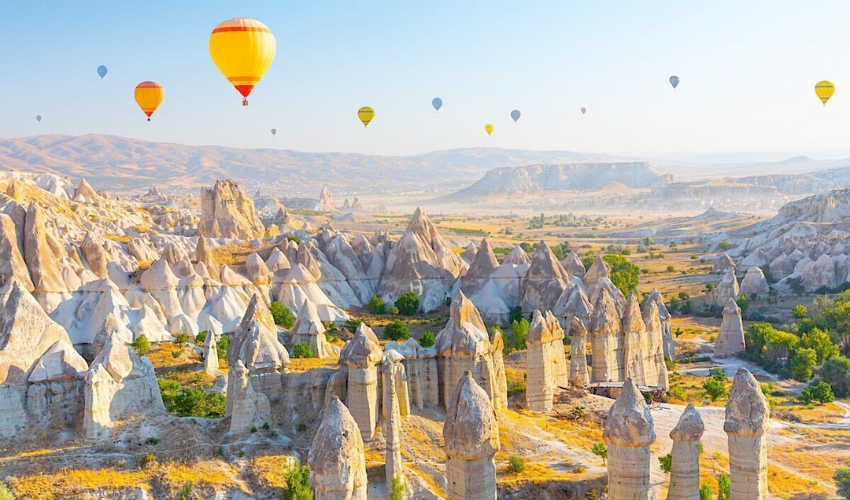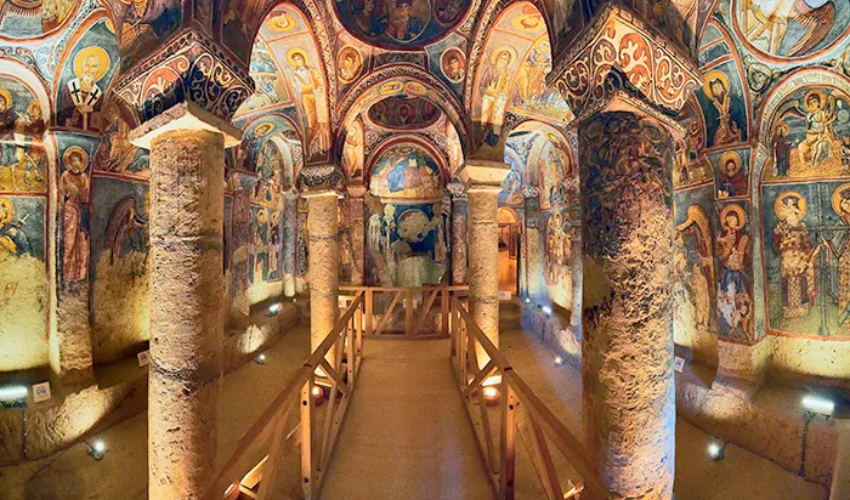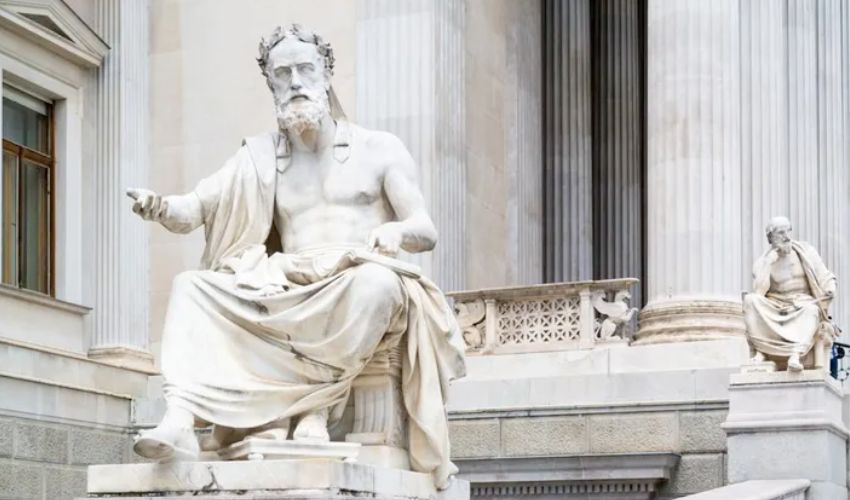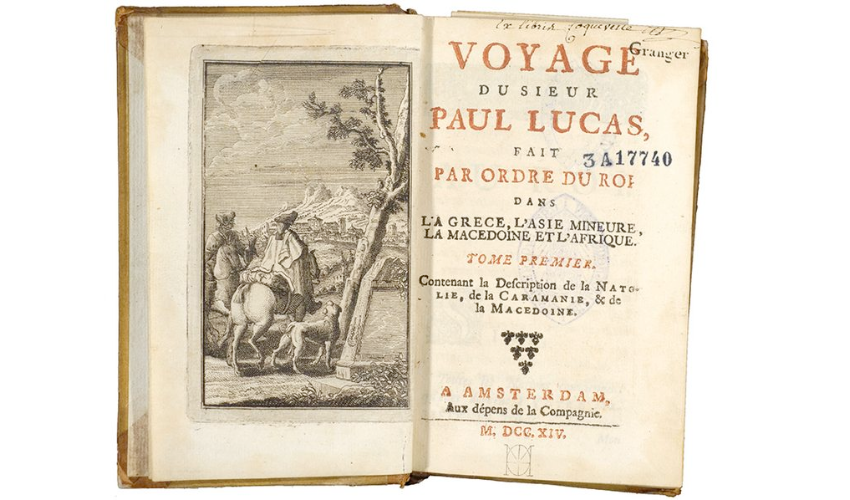Nevsehir: Echoes of the past in the present

Discover how Nevsehir’s striking landscape was formed by volcanic activity and shaped over millennia, serving as a foundation for civilizations and a refuge from invaders
Nevsehir, a cornerstone of Türkiye’s Cappadocia region, holds a storied past etched into its volcanic landscape. This region, where history and geology intertwine, has been the stage for human activity since the dawn of civilization, shaped by natural forces and enriched by the cultural imprints of myriad settlers from the Assyrians to the Turks.
The ancient origins of Cappadocia’s landscape

About 60 million years ago, the volcanic eruptions from Erciyes, Hasandagi, and Golludag began sculpting what we now know as Cappadocia. The resulting soft rock formations were shaped by the relentless forces of nature—wind and rain—over millions of years, creating the region’s iconic fairy chimneys and moon-like terrain.
This geological marvel has been a silent witness to human history that dates back to 3000 BCE, providing a foundation for the rise and fall of numerous civilizations, from the Assyrians to the Turks.
The hidden underground cities of Nevsehir

Home to around 200 underground cities, Cappadocia offers a mysterious underworld once used as sanctuaries for frequent invasions. Among these, the ancient city of Derinkuyu is a subterranean marvel, capable of hiding 20,000 people across its multi-level depths.
Built over centuries, these cities were not only refuges but also vibrant communities featuring everything from schools to wineries, illustrating the ingenuity of ancient Cappadocians in creating livable spaces in the face of adversity.
Nevsehir houses 600 churches

Nevsehir’s spiritual landscape is dotted with nearly 600 churches carved into its rocky embrace, with many still waiting to be discovered. These sanctuaries, adorned with frescoes and inscriptions, tell tales of early Christians who sought refuge from persecution by carving out these sacred spaces.
Cappadocia in Xenophon’s Anabasis

Xenophon’s “Anabasis” offers a glimpse into the ancient past of Cappadocia, describing it as a place of refuge long before the Christian era. The text suggests that underground cities like Kaymaklı and Derinkuyu were established centuries before their famed use as Christian hideouts, serving various peoples through the ages as fortified refuges against the marauding armies that once roamed this region.
The man who brought Cappadocia to the Western Eye

In the 18th century, French explorer Paul Lucas traveled through Cappadocia, later recounting his findings in vivid travelogues that initially met with skepticism back in Europe. His detailed descriptions of the fairy chimneys and underground cities were once ridiculed but have since been validated, transforming European understanding of this mystical region.
Lucas’s writings now stand as a testament to the allure of Cappadocia, capturing the imagination of the world and highlighting the intersection of nature and human endeavor.
Through its dynamic history and spectacular natural scenery, Nevsehir continues to be a place where the past is palpably alive. From its geological beginnings to its complex human narratives, the city embodies the ongoing dialogue between nature and mankind.
Here in Nevsehir, history does not merely reside in the past; it breathes through the very rocks and tunnels of Cappadocia, offering a timeless journey for all who visit.



